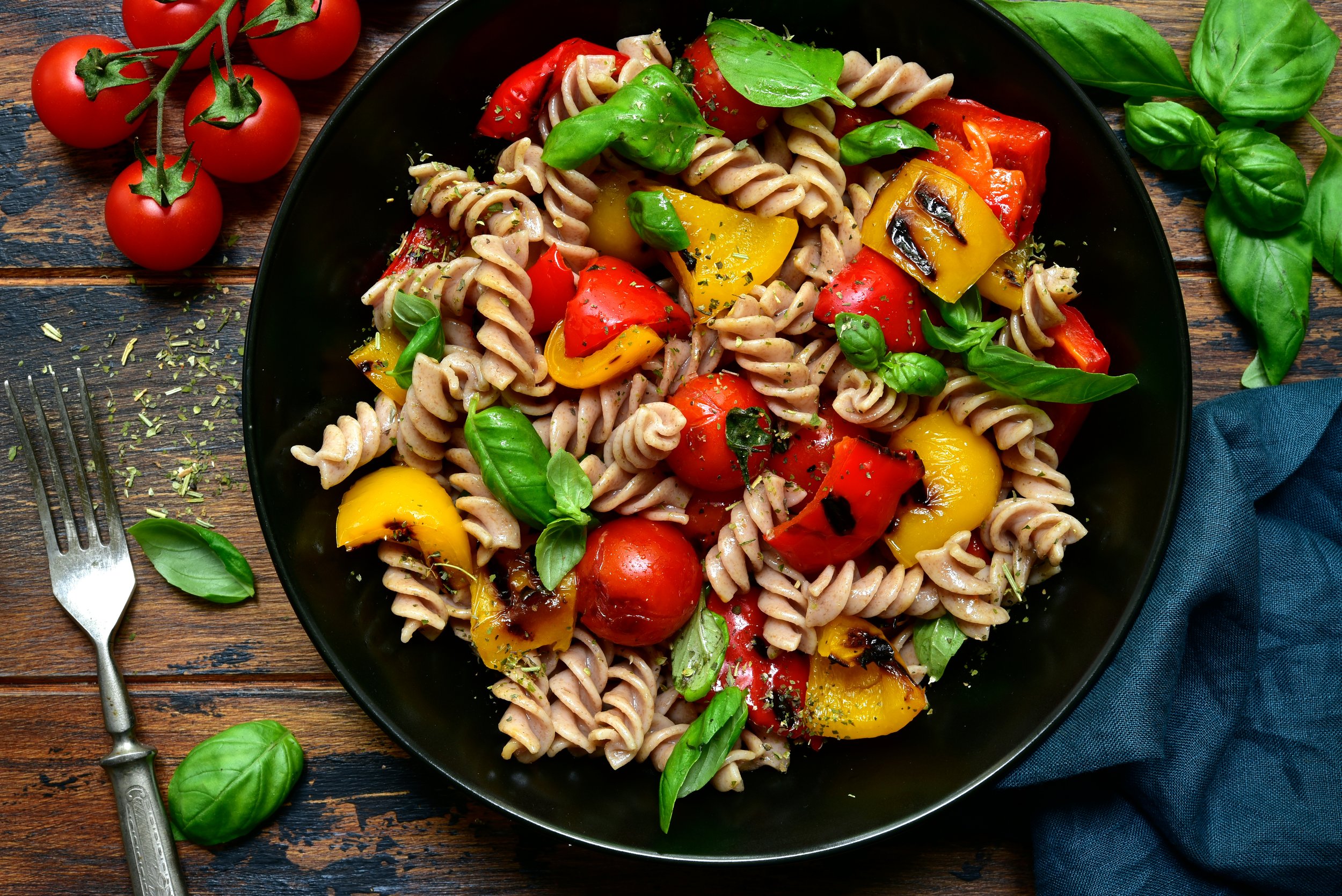How to train: Week 2
Countdown to the Cap10K
11 weeks to go!
Stretches & Warm Ups
Warming up before running is important for preventing injury. Because these are pre-run/walk stretches and warm ups, I will try to focus on exercises that can be done standing up. Pro-tip: Place a hand on a wall or chair for balance as necessary.
Back
Back problems are prevelent among American adults. Yet even Socrates said, “If you seek health, first look to the spine.”
Standing cat-cows are a great way to keep your back in tip top shape. Round your spine out like a cat as you exhale. Inhale as you flex your spine and look up. Do this for about 30 seconds.
Butt kicks
Butt-kicks are a great way to warm up, prepare your quadriceps, and actively stretch. Simply raise your heel to your glute on each leg. You can do a wide leg version for more stability - step side to side and raising your heels. Do this for about 2 minutes. Here is an active version of a butt-kick. Start slow and only increase speed when ready.
Nooch
Let’s talk carbs and fiber! For a while now the anti-carb trend has captures the American mind. However, not all carbs are equal and the carb has become one of the most misunderstood nutrients as a result. Our bodies run by burning calories. Simple carbohydrates burn the fastest. Things like table sugar, cookies, and white bread. Our bodies metabolize these and then a crash.
Complex carbohydrates like whole grains, rye, brown rice, or seed and nut bread have the fiber to slow release the calories throughout the day resulting in more sustained energy. Some who follow keto or a paleo diet wont even eat carrots because they’re afraid of the sugar. This means they are losing out on the phytochemicals that help heal and protect our body. According to Healthline, They are also a relatively good source of fiber, with one medium-sized carrot (61 g) providing 1.9 g . Carrots often rank low on the glycemic index (GI), which is a measure of how quickly foods raise blood sugar after a meal.
Training & Rest
Todays focus is on sleep. Sleep plays a crucial role in an athlete's performance and overall well-being. Here are some of the key benefits of sleep for athletes:
Recovery and Repair
During sleep, the body undergoes essential repair processes. Muscle tissue growth and recovery occur predominantly in the deep stages of sleep when growth hormone is released. This contributes to faster healing from injuries and muscle soreness.
Better Performance
Adequate sleep improves various aspects of athletic performance, including reaction times, endurance, and cognitive function. Athletes who prioritize sleep often exhibit better decision-making and focus during competitions.
Mental Health
Sleep is vital for mental health, helping to reduce stress and anxiety levels. Good quality sleep can lead to improved mood and motivation, which are essential for consistent training and performance.
Hormonal Balance
Restful sleep helps regulate hormones related to stress, hunger, and metabolism. Proper hormonal balance aids in energy management and weight control, which are crucial for maintaining peak performance levels.
Immune Function
A well-rested body has a stronger immune system, reducing the likelihood of illness. This is particularly important for athletes, as frequent training and competition can put stress on the immune system.
Injury Prevention
Lack of sleep can lead to slower reaction times and impaired judgment, increasing the risk of injuries during training and competition. Adequate sleep enhances alertness and coordination, which helps in maintaining physical safety.





